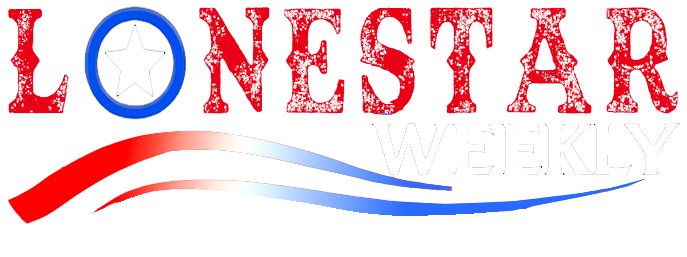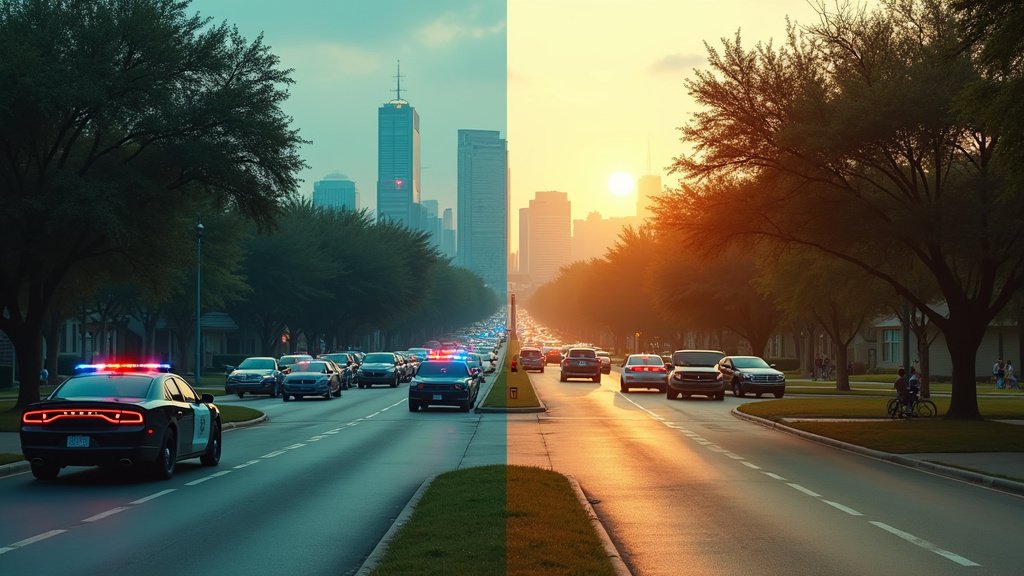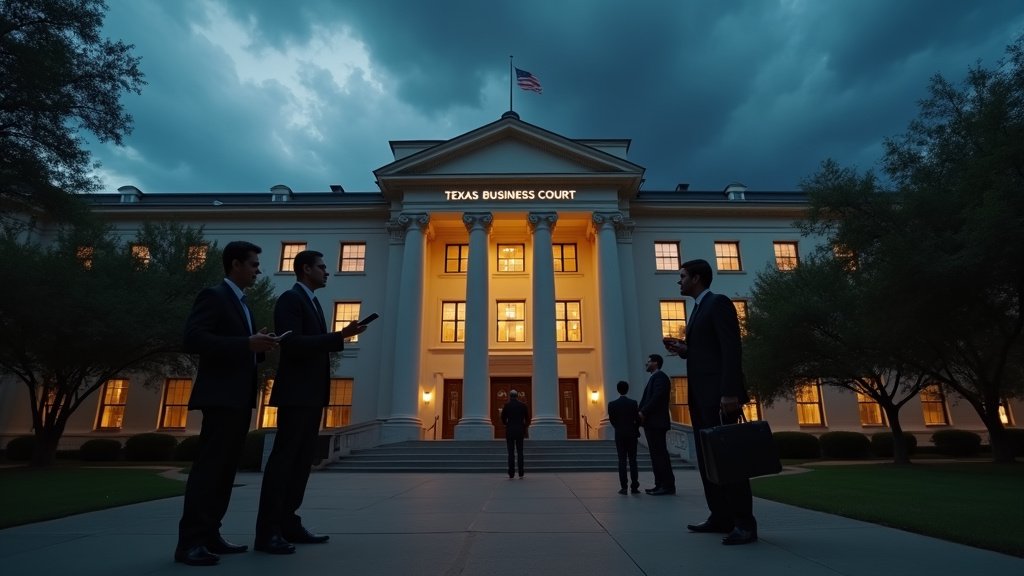Dallas, Texas – In a city that has seen a notable decrease in violent crime, a persistent push by a local nonprofit for a significant increase in police staffing and city charter overhauls is creating a complex debate among residents, officials, and experts. The nonprofit organization Dallas HERO has championed ballot initiatives that mandate a higher police presence, despite crime statistics showing a downward trend, raising concerns about the city’s fiscal health and priorities. This push is representative of trending discussions across Texas and the nation regarding public safety.
Dallas HERO’s Ambitious Mandates
The organization Dallas HERO, founded in August 2023, successfully gathered signatures to place several city charter amendments on the November ballot, including Proposition U. This proposition mandates the city maintain a police force of at least 4,000 officers, a significant increase from the current approximate 3,100 to 3,200 officers. To achieve this, the proposition directs 50% of any additional annual city revenue towards police hiring, salaries, and the police and fire pension fund. Another key amendment, Proposition S, waives the city’s governmental immunity, making it easier for residents and businesses to sue the city for alleged violations of laws or the charter.
Pete Marocco, the former executive director of Dallas HERO, has been a vocal proponent of these measures, arguing that Dallas was descending into “anarchy” and faced unacceptable police response times, citing figures as high as 12 minutes for critical incidents. Dallas HERO’s proposals aim to establish a minimum standard for police staffing and accountability, asserting that these changes are essential for restoring order and ensuring public safety. Their efforts have faced legal challenges from the city council, but ultimately, the propositions made it to the ballot and were approved by voters.
Falling Crime Rates Contradict the “Anarchy” Narrative
Despite the urgent calls for more police, official data paints a different picture. Dallas has experienced a significant reduction in violent crime. In 2024, homicides dropped by 26.2%, with 65 fewer murder victims compared to 2023, bringing the total to 183 murders – the lowest level since 2018 and below pre-pandemic 2019 levels. Overall violent crimes also saw a decrease of approximately 8.2% in 2024 compared to the previous year, falling for a fourth consecutive year and reaching pre-COVID-19 levels.
Aggravated assaults decreased by 2.9% in 2024, and individual robberies saw a sharp drop of 33.33% month-over-month. However, business robberies were an outlier, increasing by 15% year-over-year. Nationally, major cities have also reported a dip in violent crimes in 2024, a trend that Dallas’s statistics generally align with. This falling crime rate stands in stark contrast to the urgent rhetoric employed by some advocating for drastic increases in police presence.
Budgetary Strain and Logistical Hurdles
The push for more officers, particularly under the mandate of Proposition U, raises significant financial concerns. Hiring approximately 900 additional officers to reach the 4,000-officer goal would require an estimated $175 million infusion into the Dallas Police Department’s annual budget. This substantial increase comes at a time when the city is approving a record-breaking $5.2 billion budget, which already includes funding for 350 new police recruits and higher starting salaries for officers. However, the budget also involves cuts to other vital city services, such as library programs and pool closures, leading critics to argue that increased public safety spending could come at the expense of other essential community needs.
Beyond the financial implications, there are considerable logistical challenges in rapidly expanding the police force. The Dallas Police Department has historically struggled with both hiring and retention, facing issues like officer attrition due to pension concerns and a lack of sufficient training resources, including a shortage of field trainers, cars, and physical space. Even with revised hiring standards, such as eliminating the college credit requirement, the department faces a slow process to reach its mandated staffing levels. The current hiring goal of 350 officers per year, while ambitious, is still far from closing the gap required by Proposition U within a short timeframe.
Opposition and City’s Response
Voices within the city government and law enforcement community have expressed reservations about the mandates imposed by Dallas HERO’s propositions. Police Chief Eddie Garcia has acknowledged the need for more officers but emphasized the importance of responsible and timely implementation, warning that overly rapid increases could strain resources. The Dallas Police Association has also voiced opposition, suggesting that the amendments, particularly Proposition U, could place the city in a difficult financial situation and overlook the needs of other public safety services like the fire department.
In response to the voter-approved charter amendments, the Dallas City Council has taken steps, including updating or removing older, less stringent staffing recommendations from city ordinances. This move, occurring after the passage of Propositions S and U, has been viewed by some as an attempt to preemptively address potential lawsuits arising from non-compliance with the new mandates. The city faces a precarious situation where failing to meet the 4,000-officer requirement could lead to litigation under Proposition S, potentially opening the city to further financial liabilities and impacting other city services.
Trending Debates in Texas and Beyond
The situation in Dallas is part of a broader national conversation about the most effective strategies for public safety, especially in cities experiencing demographic shifts and varying crime trends. While some advocate for increased law enforcement presence, others emphasize community-based solutions, addressing root causes of crime, and ensuring equitable distribution of city resources. The actions of Dallas HERO and the city’s response could serve as a potential playbook, or a cautionary tale, for other municipalities grappling with similar demands and fiscal realities. As Dallas navigates this complex landscape, the interplay between falling crime rates, the demands of voter-approved mandates, and the practicalities of city governance will continue to be a top news item. The coming months will likely see ongoing debate and potential legal actions as the city strives to balance its public safety goals with its fiscal responsibilities, a trending challenge for many Texas cities.






